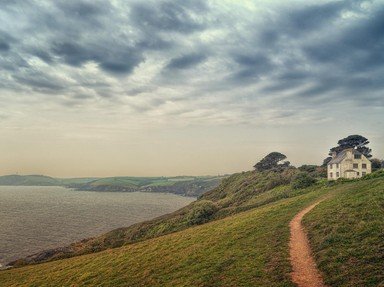Quiz Answer Key and Fun Facts
1. The city of Bath takes its name from a set of actual baths, begun by the Romans in the 1st century AD. However, you wouldn't have seen the name 'Bath' on a Roman map as they used which Latin name for their spa?
2. The city of Bath is located about 20 kilometres (12 miles) south-east of Bristol in which ceremonial English county?
3. Bath has natural sources of both hot and cold water. Which river, that runs through the centre of the city, provides the cold water?
4. Royal Crescent, the grandest example of Bath's Georgian architecture, overlooks which of the city's public parks?
5. No tourist trip to a city is complete without visiting the local shops. Which of these streets has been part of Bath's main shopping district for centuries?
6. The University of Bath opened in 1966 on a campus located on which area of high ground to the east of the city?
7. The city of Bath's skyline is dominated by the towering structure of Bath Abbey. The abbey is an example of which style of architecture?
8. Like the Rialto Bridge in Venice and the Ponte Vecchio in Florence, Bath's Pulteney Bridge is notable for the inclusion of shops in its design. True or false?
9. The Recreation Ground (or 'The Rec'), located next to the river near Pulteney Bridge, was first used in the 19th century by which of Bath's sporting teams?
10. The majority of buildings in the city of Bath are built using honey-coloured 'Bath stone', much of which was quarried from the hills under Combe Down to the south of the city. What type of rock is 'Bath stone'?
Source: Author
Fifiona81
This quiz was reviewed by FunTrivia editor
agony before going online.
Any errors found in FunTrivia content are routinely corrected through our feedback system.


